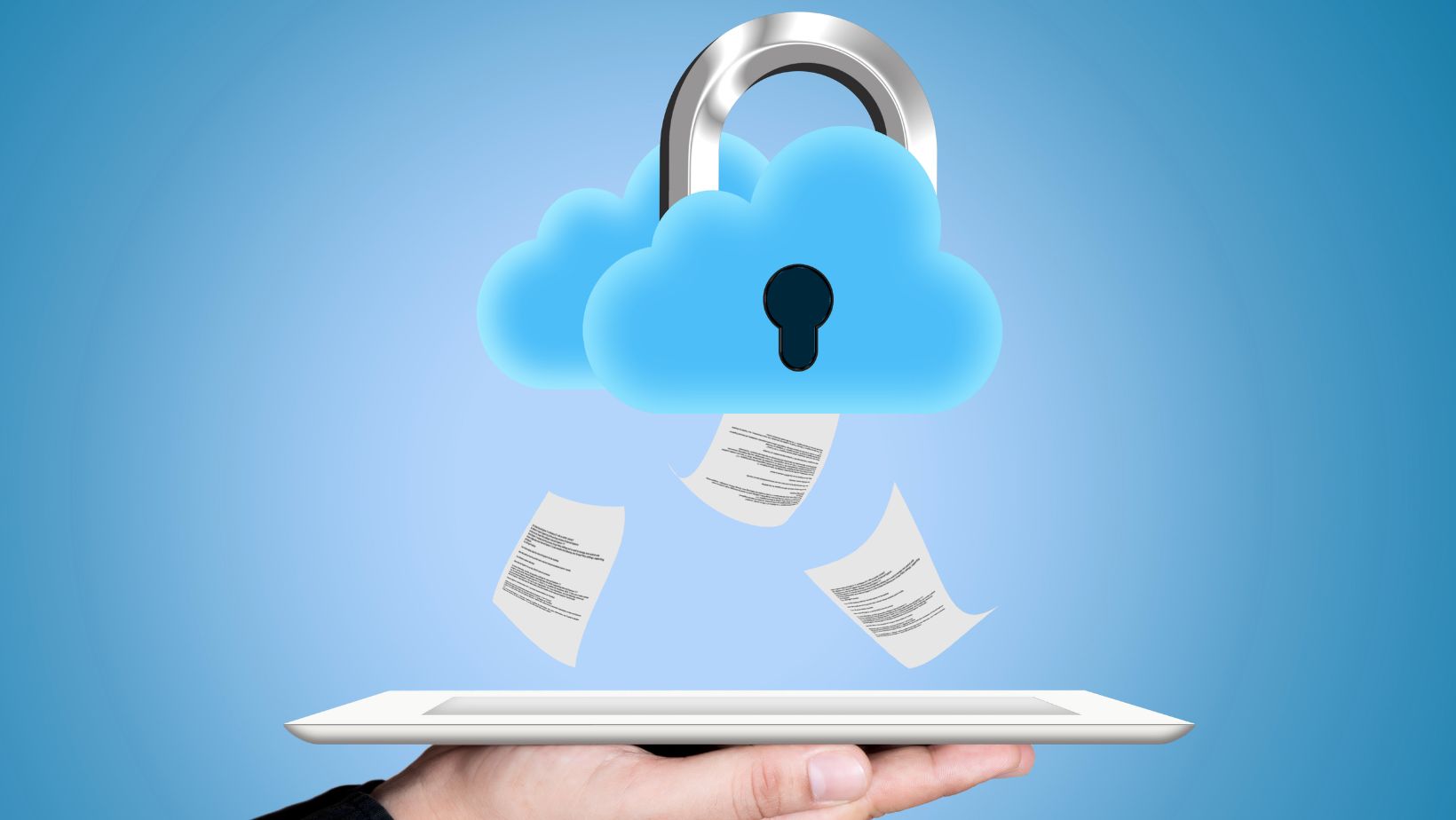In an increasingly digital world, businesses must prioritize the security of sensitive data to protect both their operations and their customers. The rise of cyberattacks and data breaches highlights the importance of implementing robust systems for safeguarding confidential information. Tools like trust document management software have become critical for organizations that manage large amounts of sensitive data, ensuring that information is secure, properly managed, and easily accessible to authorized personnel.
Here’s why document security is more important than ever and how businesses can take steps to protect their sensitive data.
The Growing Threat of Cyberattacks
One of the primary reasons document security is essential in today’s business environment is the growing prevalence of cyberattacks. Data breaches can have devastating effects, ranging from financial losses to reputational damage. Hackers target businesses of all sizes, seeking vulnerabilities in systems where sensitive documents are stored or shared.
In fact, even the most secure organizations face constant threats from phishing attacks, malware, and ransomware. The problem is exacerbated by the increasing volume of data being shared and stored digitally, often across multiple locations and devices. If documents are not properly secured, they can easily fall into the wrong hands.
Having a robust document management system in place helps mitigate these risks. Trust document management software, for example, provides encryption and user authentication features that make it difficult for unauthorized individuals to access sensitive information. This is especially important for industries like healthcare, finance, and legal services, where protecting confidential data is not just a best practice but a legal requirement.
Compliance with Regulatory Requirements
Another reason document security is crucial is that many industries are subject to stringent regulatory requirements regarding data protection. Regulations such as the General Data Protection Regulation (GDPR) in Europe, the Health Insurance Portability and Accountability Act (HIPAA) in the United States, and Australia’s Privacy Act impose strict standards on how businesses manage and secure personal information.
Non-compliance with these regulations can result in hefty fines, legal penalties, and loss of customer trust. Organizations that handle sensitive information, such as personal identification numbers, financial data, or health records, must ensure that their document management systems comply with these regulations.

A well-implemented document management system can help businesses meet these compliance requirements by providing audit trails, secure access controls, and data encryption. For instance, these systems can restrict access to sensitive documents based on user roles, ensuring that only authorized personnel can view or edit them. Additionally, they track all document interactions, such as who accessed a file and when, providing a complete record for compliance audits.
Protecting Intellectual Property
For many companies, their intellectual property (IP) is one of their most valuable assets. Patents, trade secrets, proprietary designs, and confidential strategies are all examples of IP that must be protected. A breach or theft of this information can give competitors an unfair advantage and severely harm a company’s market position.
Document security tools play a key role in protecting intellectual property. By using trust document management software, businesses can apply layers of protection to their IP assets, including encryption, watermarks, and controlled access. Additionally, these systems can automatically flag suspicious activities, such as repeated access attempts by unauthorized users, alerting administrators to potential breaches before they escalate.
Given the complexity of IP laws and the risks of losing critical information to competitors, document security is an essential component of any company’s IP protection strategy.
Securing Remote Work Environments
The rise of remote work has added another layer of complexity to document security. Employees are now accessing company documents from various locations, often using personal devices and unsecured networks. This shift has created additional vulnerabilities, as sensitive data may be more easily intercepted or compromised when transmitted outside of the company’s secure network.
A comprehensive document management system can help secure remote work environments by offering secure access to files regardless of location. Features like two-factor authentication (2FA), virtual private networks (VPNs), and encryption protocols ensure that remote employees can securely access and share documents without exposing sensitive data to cyber threats.
Additionally, cloud-based document management systems make it easier to collaborate on documents while maintaining control over who has access. These systems often provide access logs and activity monitoring, enabling businesses to track document interactions and identify any potential security breaches.
Preventing Human Error
While cyberattacks and regulatory requirements are critical factors in document security, human error is also a major cause of data breaches. Employees may unintentionally send sensitive information to the wrong recipient, fail to properly secure documents, or lose devices containing confidential data. These mistakes can have serious consequences, even if they are made without malicious intent.

Trust document management software can minimize the risk of human error by automating security protocols. For example, the system can require encryption for all outgoing communications that contain sensitive data, ensuring that even if the document is sent to the wrong person, they won’t be able to access it. Similarly, documents can be automatically archived or deleted after a certain period, reducing the chances of old files being accidentally shared.
By automating many of these security features, businesses can significantly reduce the risk of human error and ensure that their documents remain protected.
Enhancing Collaboration While Maintaining Security
One of the challenges of modern business operations is balancing security with the need for collaboration. Teams need to share information quickly and efficiently, but doing so often increases the risk of unauthorized access. Document management systems provide a solution to this problem by offering secure collaboration tools that allow users to share files, make edits, and leave comments without compromising document security.
With features like role-based access controls, only the individuals who need to work on a document will have access to it. Permissions can be customized so that some users can view documents, others can edit, and some can share them with external parties. Additionally, advanced features like version control ensure that changes are tracked and recorded, reducing confusion and minimizing the risk of document loss.
By using secure collaboration features, businesses can enhance productivity while maintaining a high level of document security.


